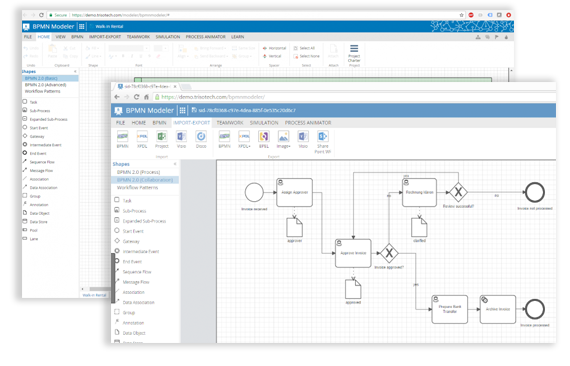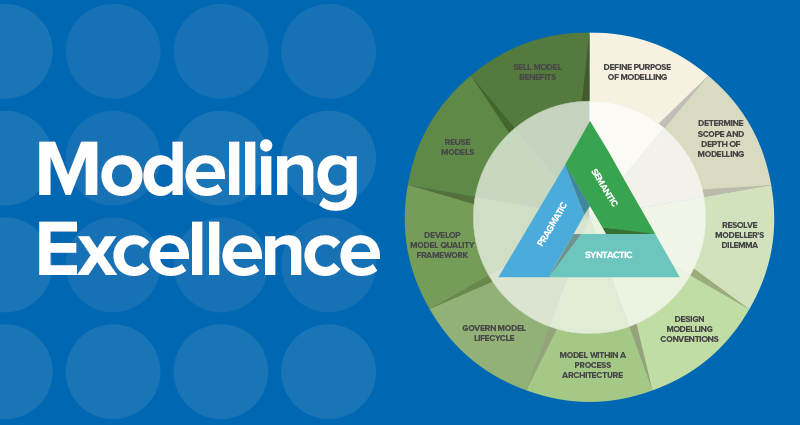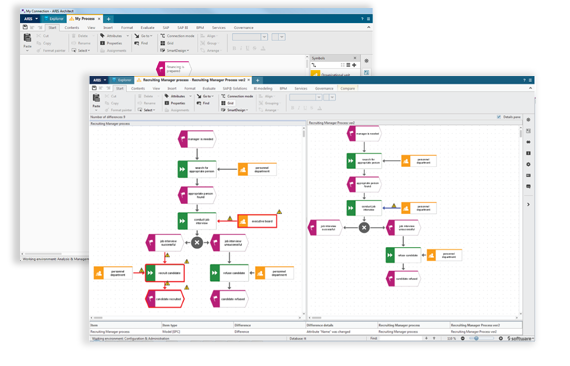
Helping your business crete valuable process models
Process models are catalysts to organisational improvement.
Only valuable models allow you to maximize your return on investment of process models. Modelling Excellence enables you for this success.

Leonardo can help you team through 9 proven practice methods to create better modelling governance and thus valuable models used across the organisation.
Organizations that implement this approach will:


Have you ever wondered why process models in your organizations are not that useful? You're not alone. This video talks through 10 steps you can undertake so you can improve your process modelling.
One of the first key steps. This establishes a solid foundation for your modelling journey. It has to be performed prior to any modelling. The aim is to assess and establish agreed reason(s) for your modelling efforts.
- Establish your scope and depth of modelling. This involves identifying how much modelling is enough (i.e. when to start and stop your modelling efforts).
How much information is too much or too little in your process models? It is easy to get tied up with getting all possible information on models - as well as omitting crucial elements. In this step, we resolve the ‘just right’ amount of modelling information.
Modelling conventions guide notation, relationships, and look-and-feel. This way you ensure model consistently and adoption of a common modelling ‘language’ by all stakeholders.
The process architecture houses an ecosystem of process model interconnectivity. Placing your models in the right place tremendously benefits change impact assessment and decision making.
Each model undergoes multiple stages in its lifecycle: namely create, review and publish. Governing the lifecycle establishes control over changes in your modelling content, resulting in reliable and up-to-date models.
We guide you to quantitatively define model quality from the semantic, syntactic and pragmatic viewpoints. Each model is assessed against the MQF to establish it’s eligibility to be valuable.
There is no point creating process models if you’ve not thought about how they’ll be used. This step helps you embed them in your existing organisational methodologies
Explore ways in which the organisation creates excitement and awareness of process model benefits. Leverage proven contemporary techniques to drive adoption and large scale use.

Leonardo drives continuous process improvement through technology and has worked with many leading enterprises in APAC to enhance the performance of their business processes through architecture and automation as well as integrating their applications, platforms and data to enable disruptive technologies.
2022 ©Incotrade Australia Pty Ltd trading as Leonardo Consulting | All rights reserved | ACN 066 273 256. | Privacy Statement